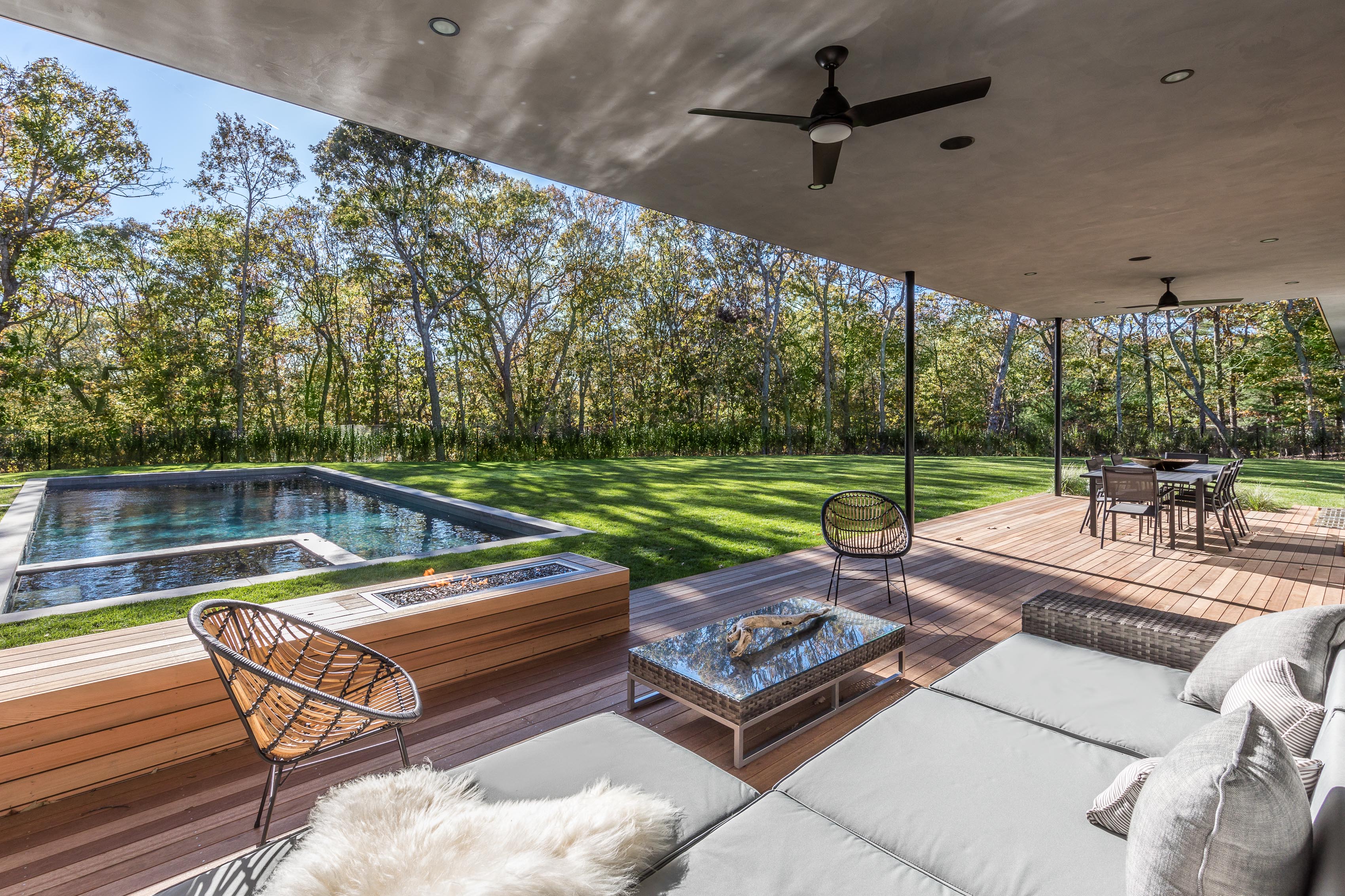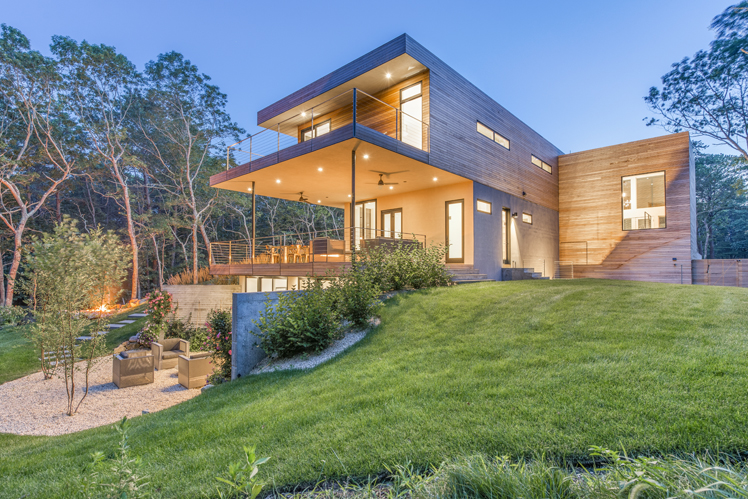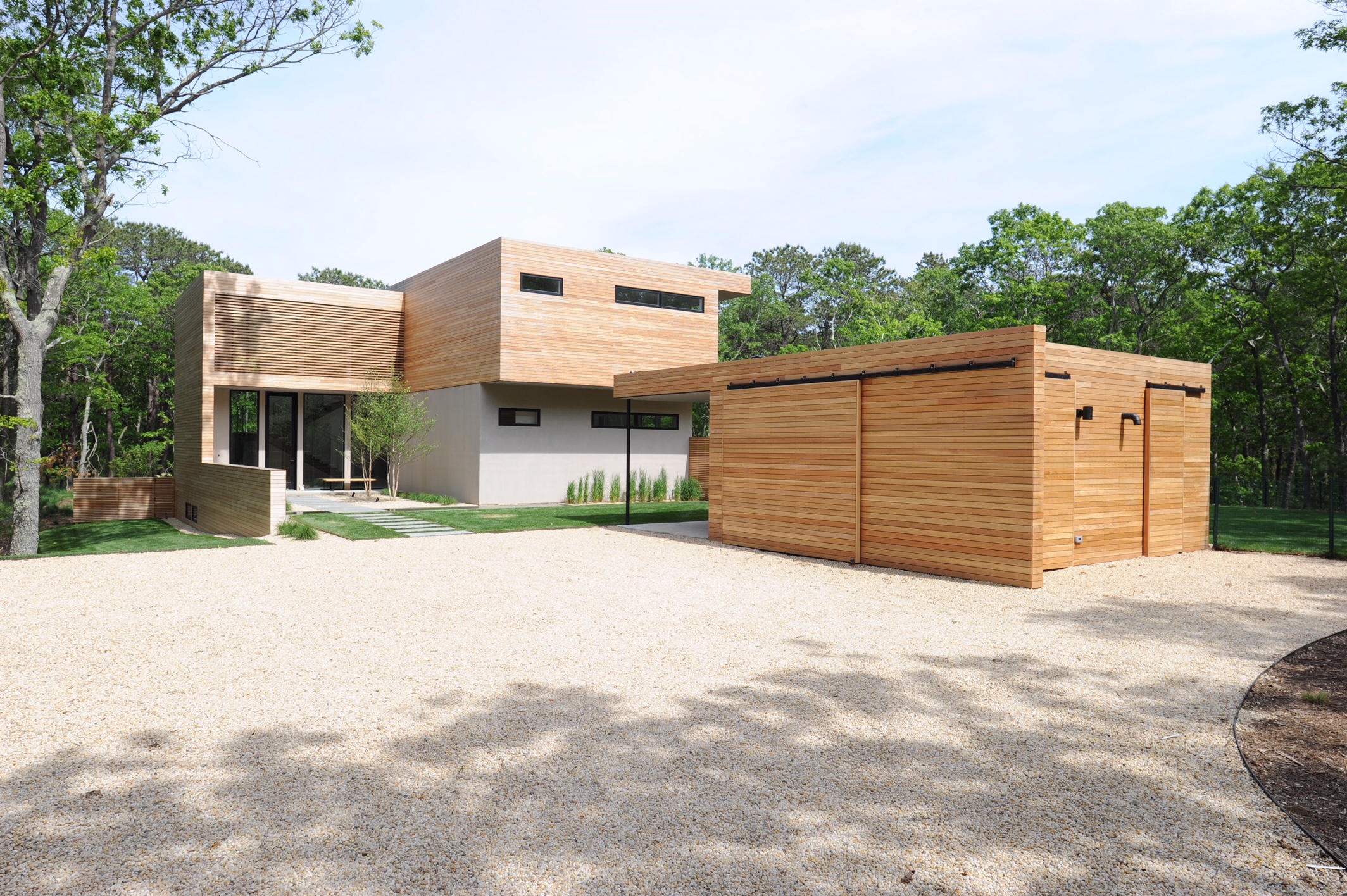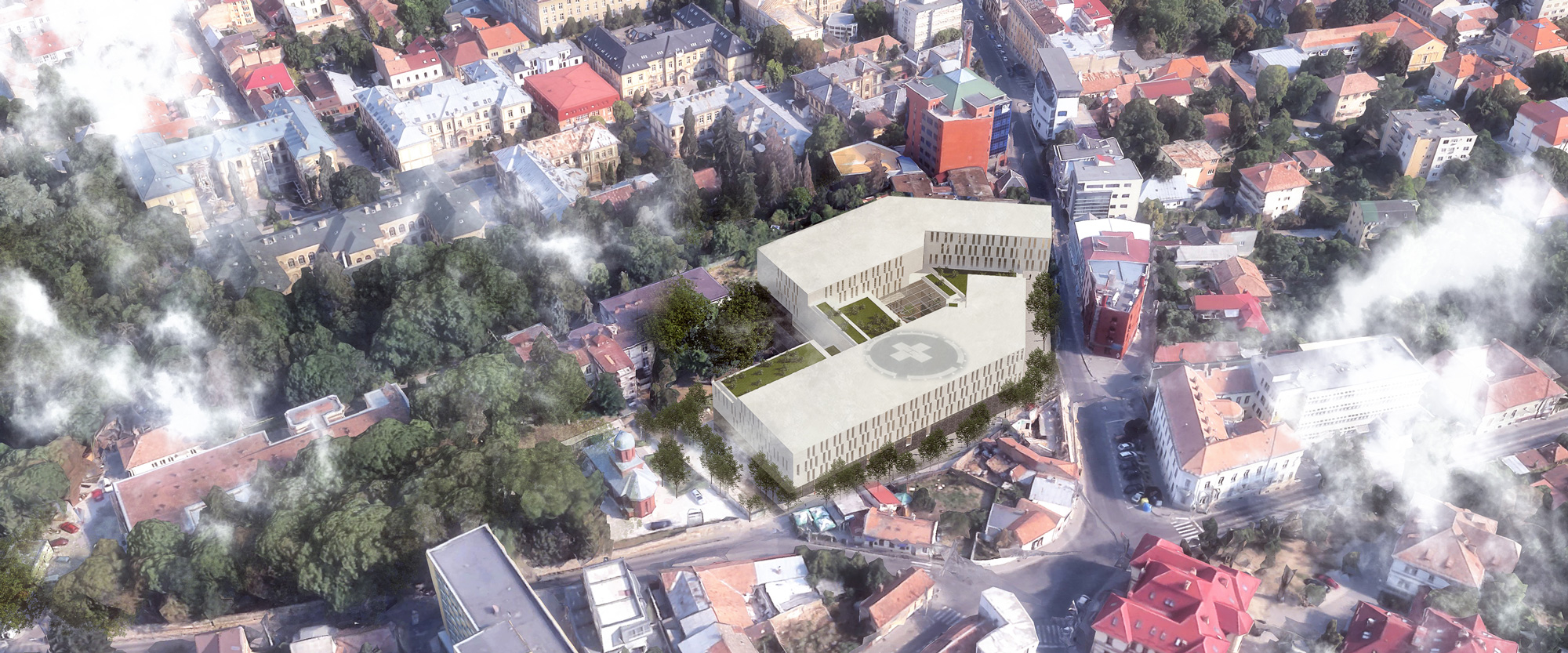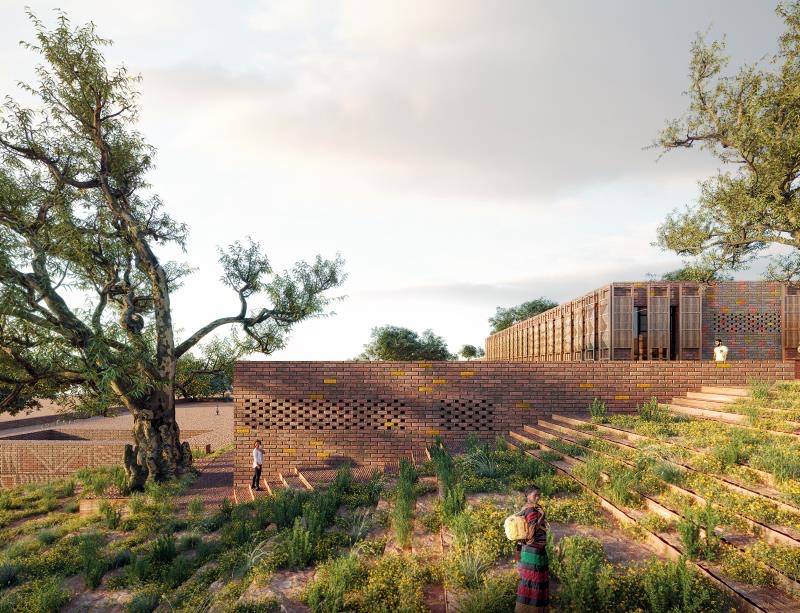We use cookies on our website to give you the most relevant experience by remembering your preferences and repeat visits. By clicking “Accept All”, you consent to the use of ALL the cookies.
World news , Around the world ,
How to achieve net zero carbon homes
Madrid, Spain
How to achieve net zero carbon homes
Madrid, Spain




